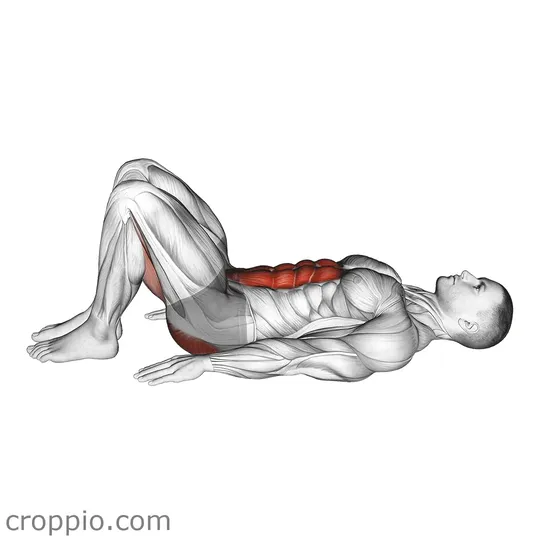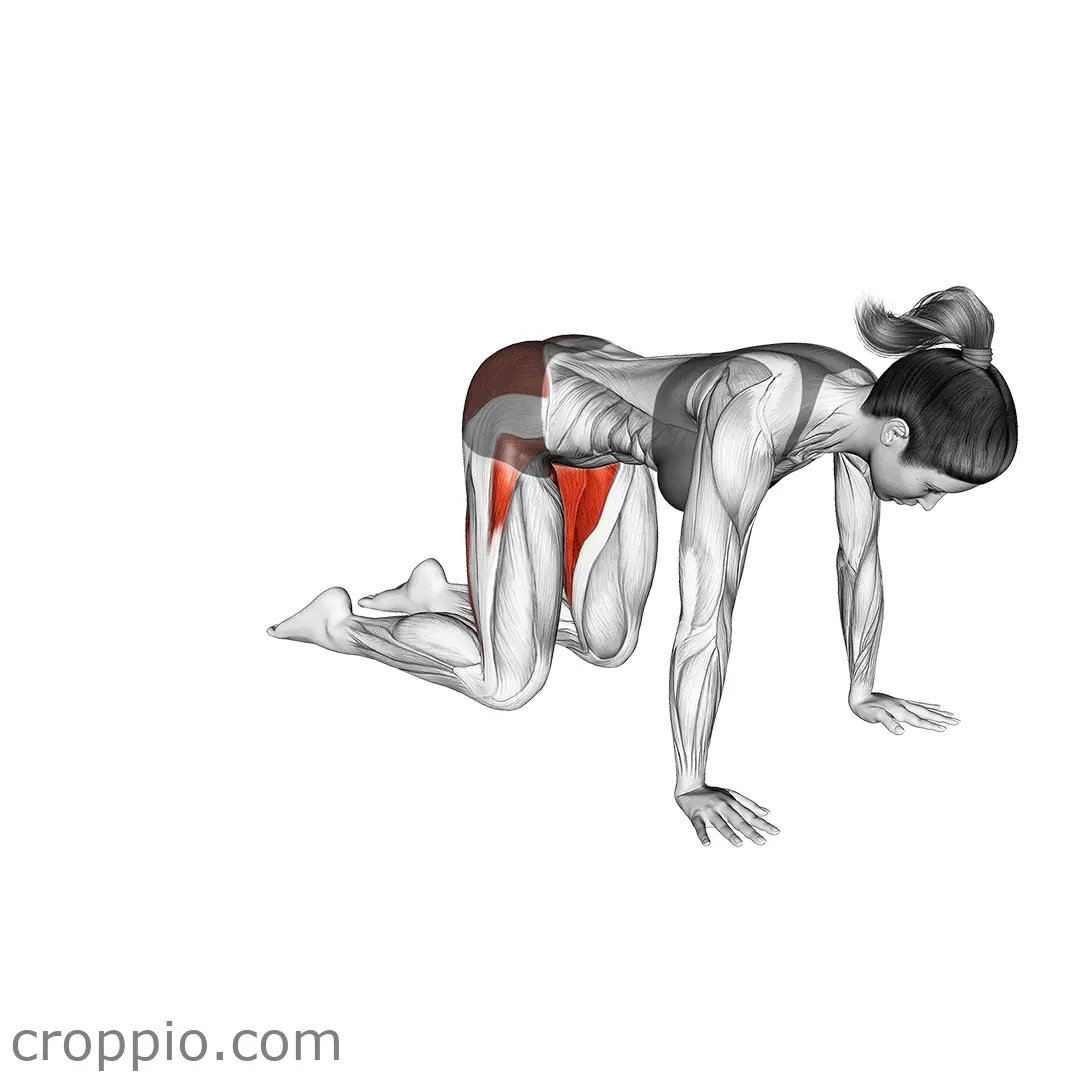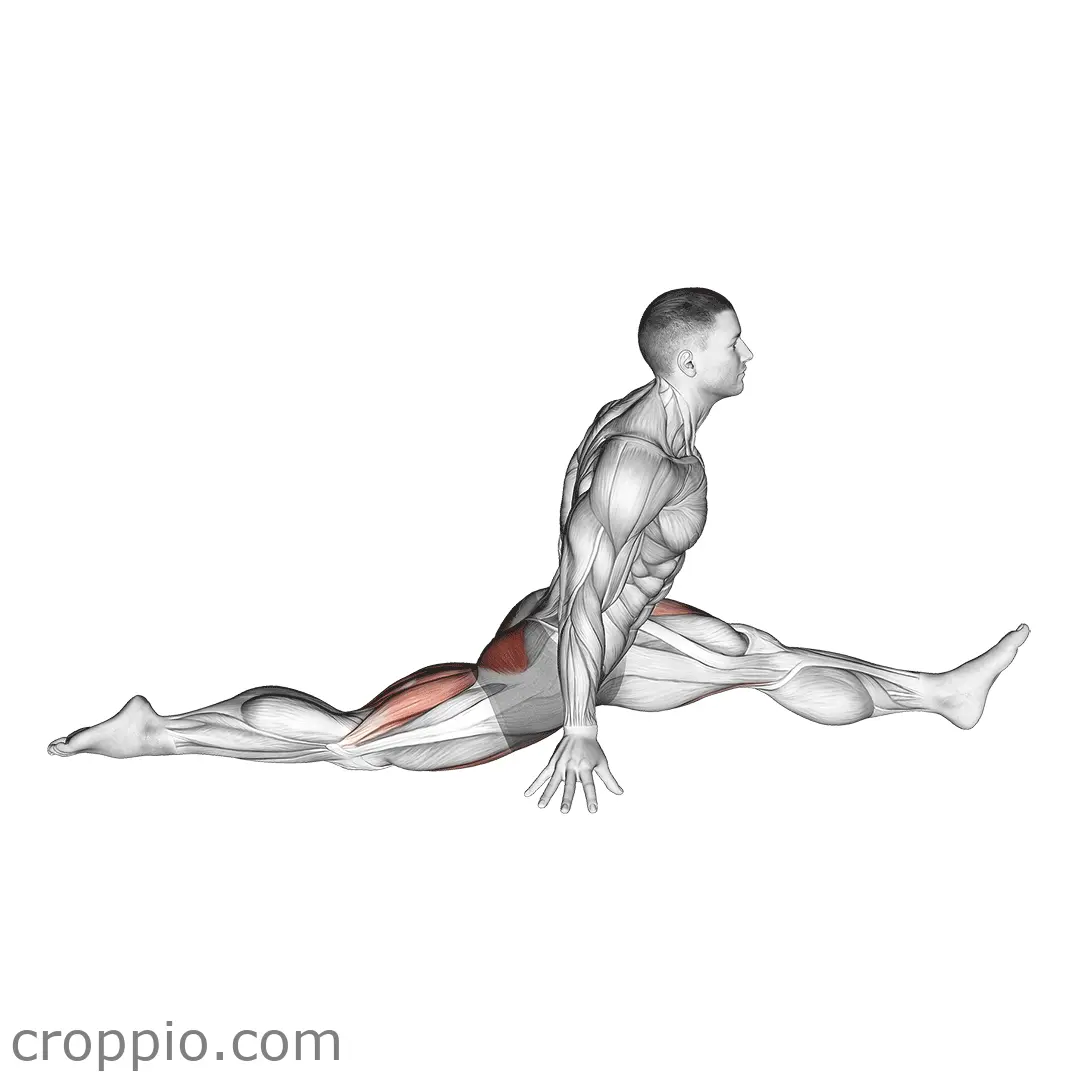Pelvic Tilt

Muscles Involved
The pelvic tilt exercise primarily targets the abdominals, specifically the rectus abdominis and the transverse abdominis. These muscles help stabilize the pelvis and ensure proper alignment of the lower spine. Secondary muscles involved include the gluteus maximus and erector spinae, which assist in maintaining postural control and facilitating the movement of the hips. By engaging these muscle groups, the pelvic tilt strengthens core stability and enhances overall functional movement patterns.
Top Mistakes
- Arching the back: Failing to maintain a flat lower back can reduce the effectiveness of the exercise and strain the lumbar spine.
- Inconsistent breathing: Holding the breath during the tilt can create undue tension and limit performance.
- Incorrect foot placement: Allowing feet to be too far apart or too close together can interfere with balance and alignment.
Execution Tips
- Start on your back with your knees bent and feet flat on the ground, hip-width apart.
- Focus on tilting your pelvis toward your ribcage while pressing your lower back into the floor. Visualize flattening your back against the mat.
- Engage your core muscles throughout the movement, and avoid holding your breath. Instead, exhale as you tilt and inhale as you return to the starting position.
- To maintain control, perform the movement slowly, aiming for a smooth transition rather than rushing through the exercise.
Workouts
The pelvic tilt can be easily incorporated into various workout routines as a warm-up or as part of a core stability circuit. A recommended approach is to perform 3 sets of 10-15 repetitions, with 30-60 seconds of rest between sets. To complement the pelvic tilt, consider pairing it with other core-strengthening exercises such as bridges, planks, or dead bugs to enhance overall core stability and functionality.
Conclusion
The pelvic tilt is a fundamental exercise that enhances core strength, improves pelvic alignment, and aids in developing proper movement patterns. By focusing on the engagement of the abdominal and glute muscles, this exercise not only supports better posture but also reduces the risk of lower back pain. Regular practice of pelvic tilts can be highly beneficial, serving as a foundational movement for more complex exercises in any fitness regimen.



